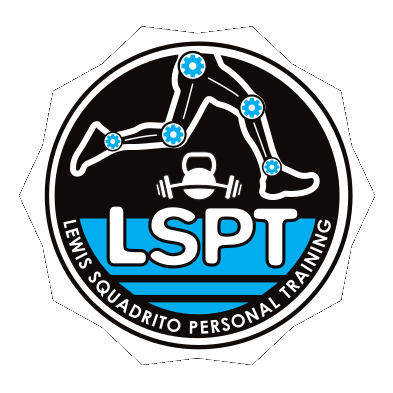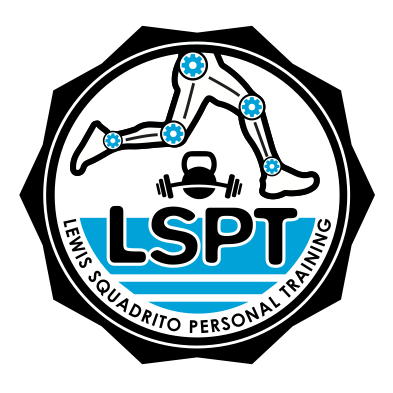Introduction:
Endurance running places significant demands on the lower extremities, and one of the common yet debilitating injuries that runners may encounter are Achilles tendon injuries. These injuries can range from mild strains to more severe issues like tendinopathy or even ruptures. In this article, we will explore the various causes of Achilles injuries in endurance running and sprinting, common mistakes that runners make, considerations regarding footwear, and the biomechanics involved in preventing such injuries.
What is the Achilles tendon:
The Achilles tendon is a strong, fibrous band of connective tissue that connects the calf muscles, specifically the gastrocnemius and soleus muscles, to the heel bone (calcaneus) in the human body. Named after the mythological Greek hero Achilles, who was vulnerable in his heel, this tendon is the thickest and strongest tendon in the body.
The primary function of the Achilles tendon is to transmit the force generated by the contraction of the calf muscles to the heel and subsequently to the foot. This transmission of force allows for the plantarflexion of the foot, a movement where the foot is pointed downward. Plantarflexion is involved in activities such as walking, running, jumping, and standing on tiptoes.
Key functions of the Achilles tendon include:
Walking and running: Walking and running are dynamic activities that heavily rely on the Achilles tendon, making it a crucial component in both the propulsion and shock absorption phases of these motions. As the foot makes contact with the ground during the initial phase of walking or running, the Achilles tendon is in a relatively shortened position. This pre-landing state allows the tendon to controllably lengthen through an eccentric contraction as the foot continues to be in contact with the ground.
This controlled lengthening of the Achilles tendon is pivotal in the absorption and distribution of kinetic energy and ground-reactive forces generated during the impact of each step. Essentially, the tendon acts as our first line of defense against the high impacts associated with running and sprinting. By allowing controlled lengthening, it helps to mitigate the potentially harmful effects of the forces exerted on the foot and lower leg during the contact phase.
As the Achilles tendon reaches a lengthened position just before toe-off, the calf muscles come into play. Through the stretch reflex, a rapid contraction of the calf muscles occurs, effectively pulling on the heel. This mechanism is a spring-like action, contributing to the “pop” or propulsion that propels the runner or walker forward. The interplay between the Achilles tendon and the calf muscles is a finely tuned process that optimizes efficiency and power during the push-off phase, making it an integral part of the mechanics of walking and running.
Jumping: In activities that require jumping, the Achilles tendon serves a pivotal role in orchestrating the extension or plantarflexion of the ankle joint. This crucial function contributes significantly to generating the required power essential for the upward propulsion needed in various forms of jumping. As the calf muscles contract and leverage the Achilles tendon, the energy transfer is optimized, translating into an efficient and forceful extension of the ankle. This coordinated effort of the Achilles tendon in conjunction with the calf muscles not only enables the physical act of jumping but also ensures that the upward force is effectively harnessed, highlighting the tendon’s integral role in dynamic movements involving vertical lift-off.
Maintaining Posture: The Achilles tendon plays a crucial role in ensuring upright stability by facilitating controlled movement of the ankle joint. This controlled mobility is vital in the intricate balance required for maintaining an erect posture. As the Achilles tendon permits nuanced adjustments in the ankle joint, it enables the body to respond dynamically to shifts in weight distribution and respond to changes in terrain. Essentially, the tendon acts as a stabilizing force, supporting the body’s equilibrium and contributing to the overall coordination necessary for sustaining an upright and balanced posture.
Biomechanics of Achilles Injuries:
A crucial aspect of Achilles injuries is the biomechanics of running. When a runner lands in front of their center of mass with a toe strike, it leads to high tension and load in the calf and Achilles. This occurs precisely when the Achilles is expected to lengthen, creating a challenging situation for the tendon. The correction of the landing position involves leveraging the ground to pull the leg mass backward and shift the body mass forward. Only when the foot is under the hips, with the tibia perpendicular to the ground, does the tension in the Achilles start to shift. This aspect of Achilles injuries is frequently overlooked and contributes to the challenge many athletes face in breaking the injury cycle. Regardless of how robust your calf and Achilles may be, they cannot become strong enough to perform a task they are not designed to do.
Common Mistakes:
- Overstriding: Landing too far in front of the body’s center of mass can increase the strain on the Achilles, leading to “overuse” or more accurately “mis use” injuries.
- Toe Striking: Striking the ground primarily with the toes as appose to the entire forefoot, can put excessive stress on the Achilles, especially if the foot lands too far forward.
- Inadequate Warm-up: Insufficient warm-up and dynamic stretching protocols before a run can contribute to tightness in the calf muscles and Achilles tendon.
- Improper Footwear: Wearing shoes with inadequate support or those that don’t match the runner’s gait can contribute to biomechanical issues, affecting the Achilles. You can read more on this in my previous article on footwear – “Putting the right foot forward: A runners guide to running shoes”
Shoe Considerations:
Choosing the right footwear is crucial in preventing Achilles injuries in endurance running. Runners should consider the following factors:
- Proper Arch Support: Shoes with appropriate arch support and torsional stability help distribute the impact forces more evenly across the entire foot, reducing strain on the Achilles.
- Heel-to-Toe Drop: The heel-to-toe drop influences the foot strike pattern. Runners should choose a drop that aligns with their natural running gait to minimize stress on the Achilles. The lower the drop, the more strain goes into the Achillies. The greater the drop, the less strain on the Achillies, however the more strain on the plantar and foot. There is an optimal sweet spot somewhere in between. This is different runner to runner and takes some experimentation to identify.
- Cushioning: Adequate cushioning can absorb shock and reduce the impact on the Achilles tendon during each stride. It is important to note, too much cushioning could create instability through the shoe and thus the foot. This could course strain through the Achillies as the calf would need to act more as a dynamic stabiliser while the foot is in contact with the ground.
What to look for, the signs and symptoms of an Achilles injury:
Achilles injuries can manifest through various signs, indicating potential issues with the tendon. Common signs of Achilles injuries include:
- Pain: Persistent or acute pain along the back of the heel or in the calf, especially during activity or upon waking up in the morning.
- Swelling: Swelling in the area around the Achilles tendon, indicating inflammation or damage.
- Stiffness: Stiffness or reduced flexibility in the ankle, making movements like pointing the toes or pushing off the ground more challenging.
- Tenderness: Tenderness to the touch along the Achilles tendon, particularly when pressure is applied.
- Thickening of the Tendon: A noticeable thickening of the Achilles tendon, potentially indicating tendinopathy or degeneration.
- Weakness: Weakened or diminished strength in the calf muscles, affecting activities that involve pushing off the toes. This includes asymmetry’s between sides.
- Audible Popping or Snapping: In some cases, individuals may hear an audible popping or snapping sound during injury, suggesting a possible tear or rupture.
It’s crucial to listen to your body and pay attention to these signs. Early intervention and appropriate treatment can prevent the progression of Achilles injuries and promote effective recovery. Don’t let simple, easy to fix issues blow up into complex injuries where you will need to take months and possibly years to fix them.
Prevention Strategies:
- Biomechanical Analysis: Runners can benefit from a biomechanical analysis to identify any gait abnormalities that may contribute to Achilles issues.
- Strength Training: Strengthening the calf muscles and surrounding areas through targeted exercises can help improve the overall stability of the ankle and reduce the risk of Achilles injuries. A comprehensive strength and mobility routine significantly decreases the likelihood of re-injury, as the body gains additional resources, reducing its dependence on the Achilles.
- Gradual Progression: Avoid sudden increases in training intensity or mileage. Gradual progression allows the body to adapt and lowers the risk of overuse injuries.
Conclusion:
Achilles injuries in both endurance running and sprinting can be challenging, frustrating and difficult but a combination of proper biomechanics, avoiding common mistakes, selecting appropriate footwear, and implementing prevention strategies can significantly reduce the risk. Runners should prioritize their form, be attentive to their body’s signals, and invest time in injury prevention measures to enjoy the long-term benefits of endurance running.


